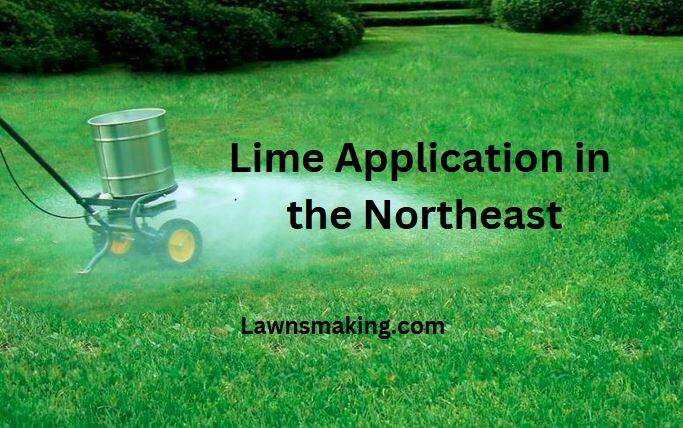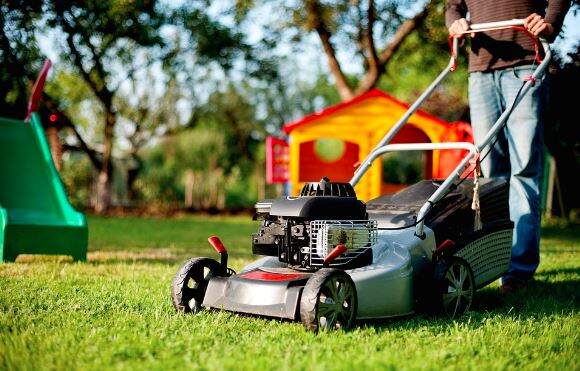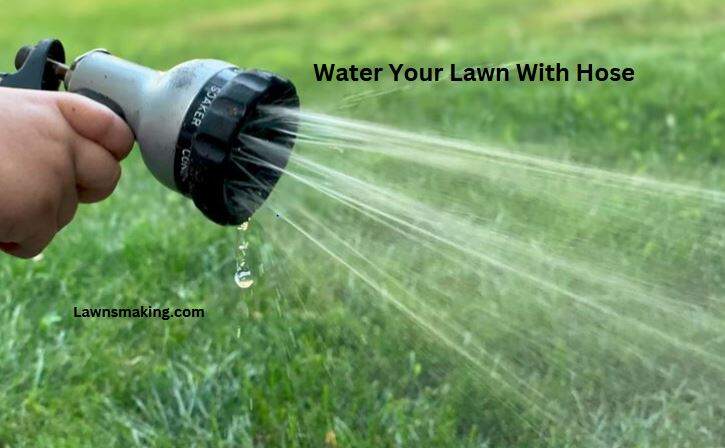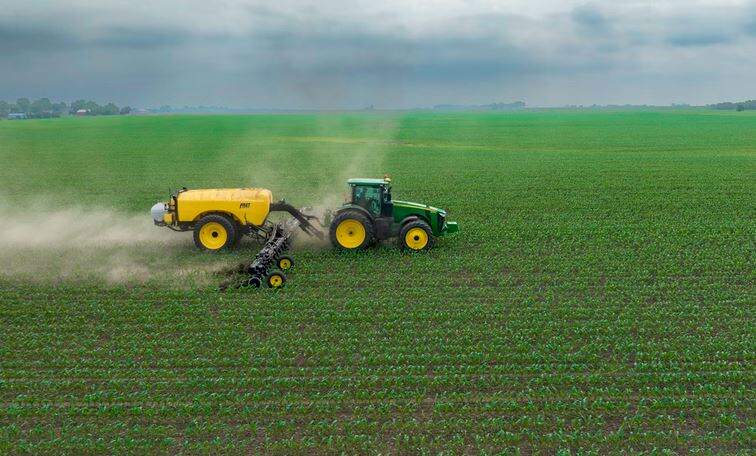
You are considering improving your soil quality but need to know whether you can apply lime and fertilizer on your lawn at the same time. You’re not alone. Many homeowners often ask this question when looking to revitalize their lawns.
You can apply lime and fertilizer to your lawn at the same time, as there is no interaction between the two substances. However, there are exceptions. Lime should be applied before fertilizer if the soil is overly acidic, whereas fertilizer is applied before lime when the soil is nutrient-deficient.
Keep reading this article to learn about proper lime and fertilizer application procedures and precautions.
Can You Apply Lime and Fertilizer to Your Lawn at the Same Time?
Applying lime and fertilizer simultaneously is common among homeowners. However, it’s not always the best idea, especially when the soil is acidic.
I’ll tell you why shortly, but first, you need to understand the goal of these soil supplements.
Fertilizer gives the soil the essential nutrients for healthier and quicker plant growth. The primary nutrients present in fertilizers are nitrogen, potassium, and phosphorus. They’re crucial in:
- Photosynthesis
- Developing sturdy roots, taller stems, healthier leaves, colorful flowers and abundant fruits
- Building essential proteins
- Fighting diseases, etc.
On the other hand, lime benefits the soil by supplying calcium and reducing the soil’s acidity levels.
Acidic soil is harmful to plant growth in the following ways.
- It inhibits microbial activity.
- It prevents the absorption of essential nutrients by plant roots.
- It causes aluminum toxicity, which restricts root growth and function.
In short, acidic soils prevent healthy plant growth. This is why soil testing and deacidification is vital.
However, lime takes time to break down and deacidify the soil. For this reason, it’s best to apply lime and fertilizer at separate times.
So, which should you apply first, lime or fertilizer?
Find Out: Should You Fertilize Before or After Mowing?
When to Apply Lime First
If your soil acidity levels are high, you’ll want to apply lime before fertilizer.
Most soils have a PH value between 5.5 and 10.
PH is the measure of acidity and alkalinity in a substance. It’s based on a scale ranging from 0 to 14.
Anything with a pH below 7 is considered acidic, while a pH above 7 is alkaline. Anything with a PH value of 7 is neutral.
Healthy plant growth requires the soil PH to range between 6.0 to 7.0. A soil PH value below 6 is considered harmful and will require lime to restore the PH balance.
Deacidifying the soil will allow grass and plants to absorb the nutrients in the fertilizer effectively.
Therefore, you’ll want to ensure appropriate soil pH balance before applying fertilizer.
Find Out: When Not to Apply Lawn Fertilizer
When to Apply Fertilizer First
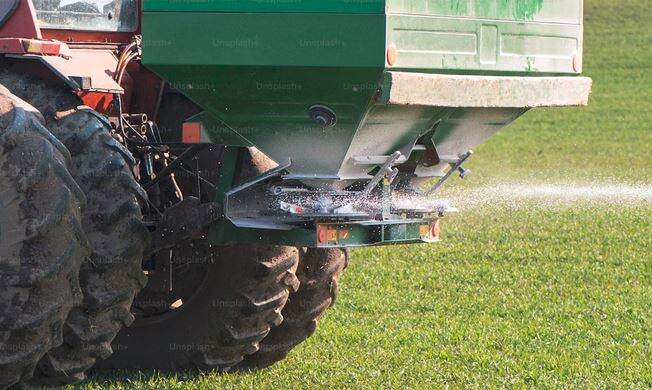
You should apply fertilizer to your lawn before lime when the soil is nutrient-deficient or when you want to plant new grass seeds.
Proper seed germination and plant growth will only occur if the soil has essential nutrients, regardless of acidity level.
As such, ensure the soil has all the proper nutrients at the seed-planting phase.
You can apply lime a week or two after planting and fertilizing your lawn. This will allow the grass enough time to utilize the nutrients.
Moreover, lime addition will boost the effectiveness of the fertilizer, and the germinating plant will receive extra support.
When to Apply Lime and Fertilizer at the Same Time
It’s okay to add lime and fertilizer to your lawn at the same time when the soil pH is adequately neutral, that is, between 6.0 and 7.0.
At this pH, the soil doesn’t require immediate lime effects. Therefore, it doesn’t matter that the effects of lime become apparent later than fertilizer treatment.
The lime-fertilizer combo will provide the soil with instant nutritional supplements and maintain a neutral pH balance as the lime breaks down over time.
6 Precautions for Applying Lime and Fertilizer to Your Lawn
Here are critical precautionary measures for applying lime and fertilizer to your lawn together or at separate times:
- Conduct soil testing before treating your lawn with lime or fertilizer. This will help you determine the nutrients needed and the amount of lime to apply.
- Excessive or overlapping applications of lime and fertilizer will damage your soil in the long run. Therefore, you should base your applications on the soil test results. Generally, a lawn should be fertilized 2-4 times a year, depending on the variety of grass, while lime should be applied once every two years to maintain the appropriate soil pH.
- The best time to apply lime or fertilizer to your lawn is during the fall. This will allow enough time during the dormant season for lime to become effective. Also, the precipitation experienced in the winter will help decompose the lime. On the other hand, fertilizing in the fall will provide your grass with the much-needed nutrients to survive the dormant months.
- Consider using a tiller or a drop spreader to ensure uniform distribution when applying lime on your lawn.
- Wear a mask when applying lime powder to avoid inhaling the dust and developing respiratory issues. Also, resist the urge to apply during a windy day. Otherwise, the lime powder will end up on the pavement, patio, and driveway.
- Water your lawn thoroughly and regularly after applying lime pellets so they can dissolve and seep into the soil.
Final Words
Lime and fertilizer are essential for a healthy, lush lawn.
Fertilizer provides the necessary nutrients, while lime ensures appropriate soil pH for grass to thrive.
Deciding whether to apply fertilizer or lime first will greatly be determined by the soil’s acidity levels.
Apply lime first when your soil’s pH needs restoration. Do this in the fall, way before the planting season, to provide enough time for the deacidification process.
Apply fertilizer first when your soil lacks the necessary nutrients. Grass germination and growth will only occur when enriched with the required minerals.
Remember to take the necessary precautions when conducting lime or fertilizer treatment.

